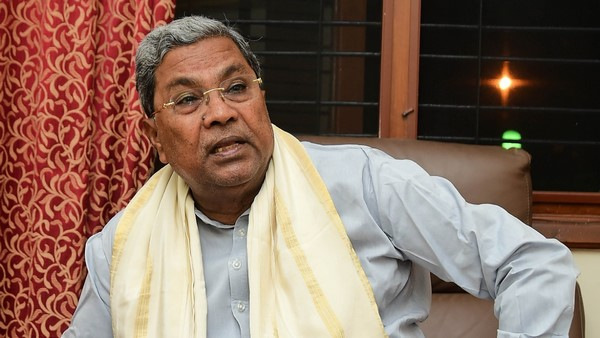Bengaluru: Karnataka is facing a severe water shortage, intensifying the need for electricity within the state. Chief Minister Siddaramaiah highlighted the declining electricity production and the rising demand, prompting discussions on procuring electricity from external sources.

Last year, the state utilized 900 MW, but this year's demand has surged to 1500-1600 MW. The possibility of purchasing electricity and ensuring a seven-hour supply in a three-phase system will be deliberated in an upcoming meeting.
In response to BJP's allegations, Chief Minister Siddaramaiah defended the government, acknowledging the challenges in implementing precautionary measures due to drought resulting from insufficient rainfall. Despite this, electricity is being supplied, and complete load shedding has been avoided.
The state of Karnataka witnessed a deficient southwest monsoon season in 2023, officially ending on September 30. From June 1 to September 30, the cumulative rainfall was 642 mm, a shortfall of 25% compared to the normal 852 mm. The India Meteorological Department (IMD) reported below-average rainfall in all 31 districts, placing the state under a drought spell. Malnad districts experienced a 39% deficiency, while south interior Karnataka regions faced a 27% deficit. The coastal belt and north interior Karnataka reported a 19% cumulative deficiency, characterizing one of the weakest monsoons in recent years.
Among the 11 districts in south interior Karnataka, the worst affected include Ramanagara, Chitradurga, Davangere, Chamarajanagar, Mysuru, and Mandya. They received only 271 mm of rainfall against the normal 369 mm, as reported by the Karnataka State Natural Disaster Monitoring Centre (KSNDMC).
With ANI inputs


